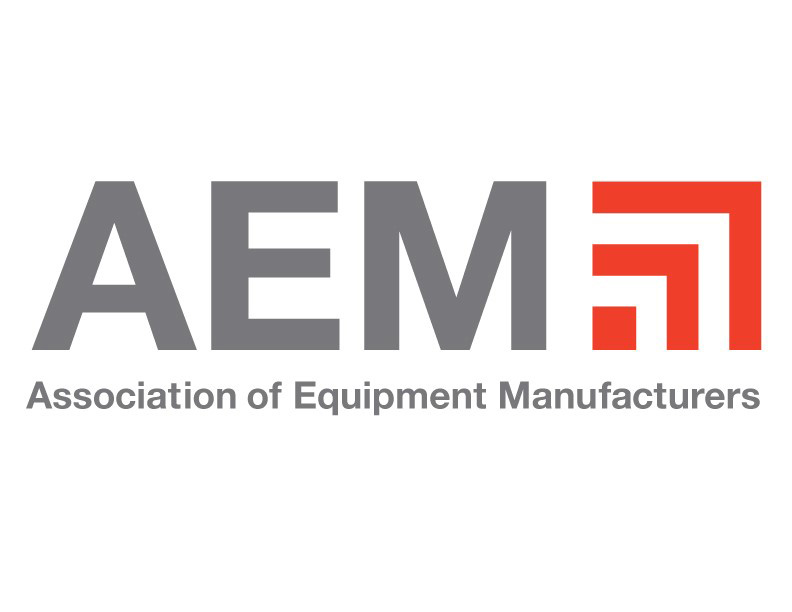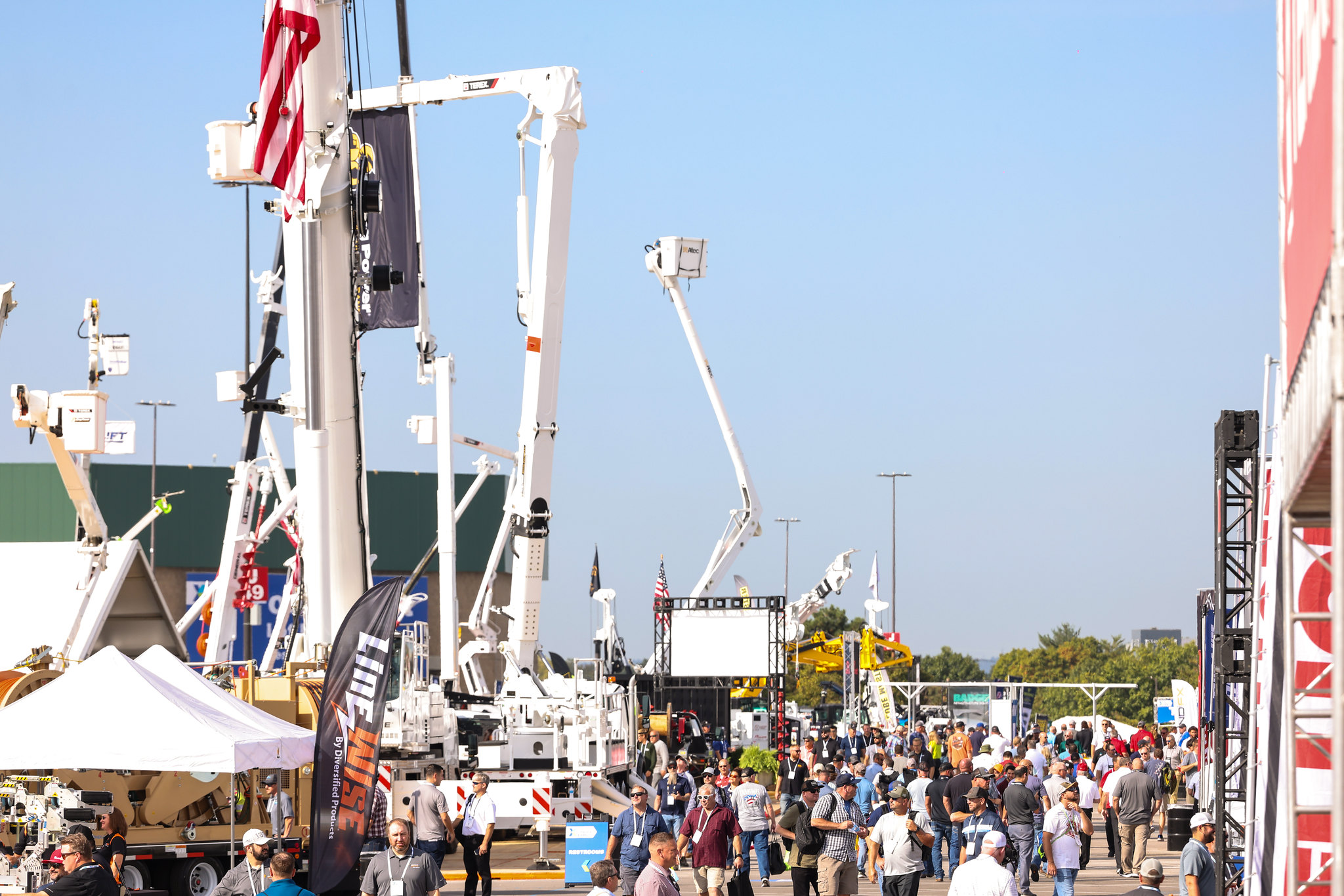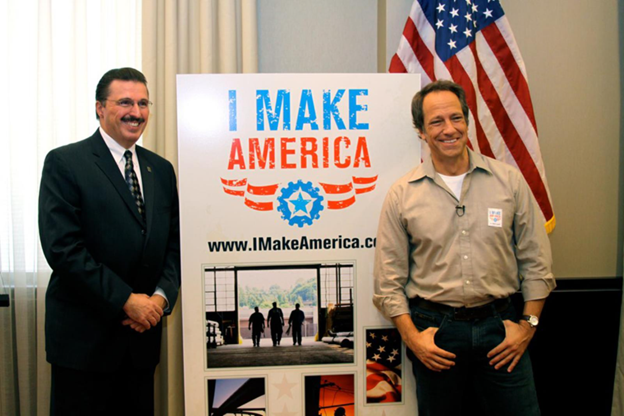By Mike Schmidt, AEM Director of Industry Communications —
When it comes to the composition of manufactured products today, it’s no longer just about what may be deemed harmful or dangerous by regulators. It’s about possessing a comprehensive understanding of what constitutes all aspects of an offering.
Perhaps no current piece of legislation better illustrates that fact that the Ecodesign for Sustainable Products Regulation (ESPR). Focused on ecological design, ESPR came into effect in July of 2024 as part of a European Union (EU) initiative that’s known as the Green Deal and essentially requires companies to engage legislators as they ponder decisions associated with the design of their products.
“Unlike a lot of legislation, ESPR creates a framework. It does not have any specific regulations in it, but it instead replaces the prior legislation with a whole lot of other ones that are going to drill down on various topics,” said Chuck LePard, a senior consultant at AEM member company DXC Technology, who spoke on the topic at AEM’s recently held Product Safety & Stewardship Conference. “For those companies that treat circularity or sustainability as a bolt-on, you’re going to have some challenges if you’re supplying into an EU market.”
Sustainability is everyone’s business. Whether it is through minimizing operational impact on the environment, aligning with ever-evolving regulations, or supporting a more sustainable world, the equipment manufacturing industry’s future depends on the responsible use of natural resources. AEM has been committed to addressing societal and safety issues on behalf of the industry for 130 years. For more information, visit aem.org/sustainability.
What’s In Scope
Regulation EU 2024/1781 of the European Parliament and of the Council... establish(es) a framework for the setting of ecodesign requirements for sustainable products, amending Directive (EU) 2020/1828 and Regulation (EU) 2023/1542 and repealing Directive 2009/125/EC.
According to LePard, ESPR identifies products in scope as:
- Any physical good, part thereof, or material placed on the market or put into service
- Chemicals as products or substances of concerns in products
Proposed products include:
Materials
- Iron and steel
- Aluminum
Final Product Materials
- Paints
- Lubricants
- Detergents
- Chemicals
Final Product Parts (and Parts Thereof)
- Energy-related products
- Telecommunications and Information technology
- Electronics and other technology products
- Furniture
- Textiles
- Tires
“Many different types of products have been excluded in the initial scope, but the EU has been very broad in terms of what can be a candidate -- any physical good, any part thereof, any material that goes into any of those parts, may be placed in the market, or put into service,” said LePard.
“The EU also said chemicals will be included – substances of concern in products,” continued LePard. “The initial scope does include the manufacturing of iron and steel, manufacturing of aluminum, and products made of these items. If you’ve got a vehicle that goes through type approval initially, but you’re selling service parts through those products, at least right now that is perceived as being in scope.”
Where Things Currently Stand With ESPR
Implementation of ESPR is occurring already. However, as of right now, the products in scope – at least for the most part – do not include the primary components of AEM member company equipment. Vehicles, and other products that go for type approval, are exempt. A broader scope may become a reality in the not-too-distant future, but nothing definitive is in the works at the moment.
Excluded products include:
- Plants and animals
- Food and feed
- Products of human origin
- Human/animal medicines
- Most vehicles subject to revised End-of-Life Vehicles (ELV) regulation
- Packaging (covered in the Packaging and Packaging Waste Regulation)
ESPR Horizontal Product Grouping (And What It Means)
“The product groupings can best be described as very, very challenging,” said LePard. “In essence, what the EU has said is, if the products look and feel the same to the consumer or to a regulator, then they are the same. Again, they are using very broad criteria.”
For ESPR, the EU is utilizing a concept called “horizontal product grouping.” According to LePard, when two or more product types or groups have similarities (as perceived by regulators), horizontal grouping allows effective requirement optimization across a product group and allows for common performance and or information reporting obligations.
The groupings identified (so far) are:
- Usage (Batteries)
- Chemistry (Recyclate restrictors)
- Chemistry (Paints/coatings)
- Energy/Chemistry (Steel, Aluminum)
- Energy technology (USB chargers)
- Recycling challenges (Textiles)
- Additive use (Tires, Furniture)
- High-waste potential (Mobile phones)
- High-waste potential (Computers)
As far as reporting obligations are concerned, the EU’s focus is centered on waste reduction and product efficiency, product reuse and repair, as well as recovery and circularity, explained LePard.
“The information reporting requirements under these legislations are nothing short of unprecedented,” he continued. “Among other things, the EU wants to know the carbon emissions for the entire production of a product, the emissions for the entire manufacturing process of a product, and the carbon emissions for a product’s entire lifecycle of us. So, if you have a 25-year tractor, you provide figures for that entire 25 years.”
Where Things are Headed With ESPR
In 2019, the EU adopted the European Green Deal. One year later, the Circular Economy Action Plan was adopted, and it included ESPR measures. Then, ESPR came into effect last July, and an initial workplan was released in April.
Perhaps more importantly, some ESPR measures will kick in from a voluntary mode standpoint next year. (Specifically, new digital registry identifiers for products must be reported.)
“You’ll need to be able to get them together and start developing the identification systems to report into these databases, with the obligation of being able to start reporting from a mandatory requirement as early as 2027,” said LePard. “This will go on until 2030.”
Also notable is the fact that “substances of concern” under ESPR are not substances of concern as they’ve always been known or understood. If manufacturers are adding something to a product that either inhibits or otherwise makes it difficult to recycle, repurpose, or reuse that product, then the “something” is a substance of concern.
“There’s no need for it to be hazardous in any way to be a substance of concern under ESPR,” said LePard. “And the EU will be conducting delegated tasks to add substances to the list as they go.”
According to LePard, substances of concern under ESPR fall under the following categories:
- Meets Criteria -- REACh Substances of Very High Concern (SVHC) Articles 57 & 59 (1) (EC 1907/2006) ]
- Hazard Classification -- Specific hazard classes or categories under the CLP Regulation (EC) No 1272/2008
- Regulation -- Persistent Organic Pollutants (POP)
- Recycling Impact -- Substances which negatively impact reuse and recycling of materials in products. (Unlike the first three categories, this one is an open list, defined in product-specific delegated acts under ESPR.)
Digital Product Passport Requirements
Finally, a component of ESPR is focused on what is known as a digital product passport (DPP). The passport information is not confidential or proprietary, but it’s not public record, either. It’s something the public will be able to access information out of, and the EU specifies:
- How accessing information will work
- How products will be categorized
- What identifiers will like
- How there will be free access for all
“Products are not static. They change, they evolve, and they get updated. All of that must be recorded as part of the product passport,” said LePard. “As you put up new revisions, as you put up new formulations, and as you modify your product anywhere in the supply chain, you’re going to have an obligation to update your digital product passport.”
“It’s not a one-and-done situation. It keeps giving and giving,” he added.
For more information on ESPR and AEM’s Safety & Product Leadership activities, contact Jason Malcore at jmalcore@aem.org.
About AEM’s Product Safety & Stewardship Conference
The Product Safety & Stewardship Conference is setting the stage as the industry's only conference designed to provide attendees with first-class access to the latest insight on product liability, safety design standards, regulatory requirements, and potential risks to avoid.
The Product Safety & Stewardship Conference brings heavy equipment manufacturers, value chain partners, and subject matter experts together to harmonize ideas and orchestrate breakthroughs. Visit the official event website for more information.





